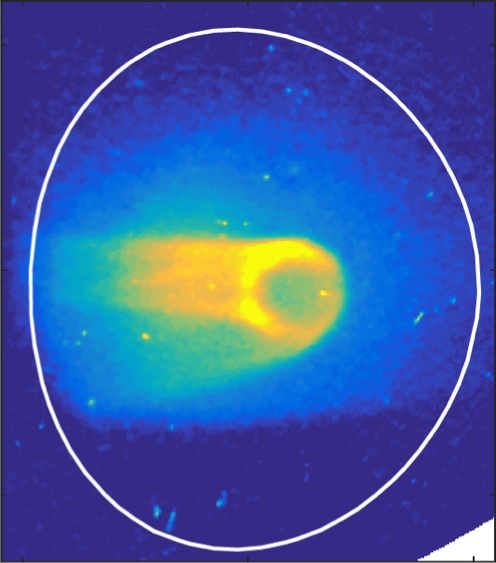Since its inception in 2010, the Early Career Research program bolsters national scientific discovery by supporting early career researchers in fields pertaining to the Office of Science.
Tag: fusion power
Predicting Explosive Energy Bursts in Compact Fusion Power Plants
Edge localized modes (ELMs) associated with plasma instabilities in tokamak fusion reactors can damage reactor walls, a challenge in the design of future fusion power plants. Scientists have now discovered that internal resistance of the plasma can cause additional instabilities that drive ELMs in the National Spherical Torus Experiment. This will help researchers mitigate and control ELMs in spherical tokamaks.
For Plasma with a Hot Core and Cool Edges, Super-H Mode Shows Promise
Fusion reactors face a challenge called “core-edge integration,” which involves maintaining a plasma that is hot at the core but not too hot to damage reactor walls. New research finds that a previously identified operating regime called Super H-mode can leverage the use of impurities such as nitrogen to address this challenge. The research also indicates that Super-H mode can be scaled up to future fusion plants.
U.S. Researchers Simulate Compact Fusion Power Plant Concept
The Compact Advanced Tokamak (CAT) concept uses physics models to show that by carefully shaping the plasma and the distribution of current in the plasma, fusion plant operators can suppress turbulent eddies in the plasma. This would reduce heat loss and allow more efficient reactor operation. This advance could help achieve self-sustaining plasma and smaller, less expensive power plants.
Negative Triangularity—a Positive for Tokamak Fusion Reactors
In a conventional tokamak, the cross-section of the plasma is shaped like the letter D. Facing the straight part of the D on the inside side of the donut-shaped tokamak is called positive triangularity. New research suggests that reversing the plasma—negative triangularity–reduces how much the plasma interacts with the surfaces of the tokamak for reduced wear.
Cooling Fusion Plasmas from the Inside Out
Cooling a 150-million-degree plasma in an orderly and controllable fashion. Researchers at the DIII-D National Fusion Facility are studying a new method that uses boron-filled diamond shells to quickly cool fusion plasmas. Early experimental results and computer modeling indicate this method could avoid problems with traditional cooling approaches.

An Innovation for Fusion Device Walls May Have Unexpected Benefits for the Core
Instabilities in tokamak confinement fields can damage reactor walls by exposing them to plasma. Resonant magnetic perturbation (RMP) suppresses instabilities, but it was thought to impair confinement. New research shows that RMP has no effect on confinement and actually improves tokamak operation.

Scientists Solve Key Challenge for Controlling “Runaway” Electrons in Fusion Plasmas
Scientists at the DIII-D National Fusion Facility have for the first time studied the internal structure and stability of high-energy runaway electron (RE) beams in a tokamak. The finding could provide a way to control the damaging potential of RE beams and could contribute to future power production using tokamak fusion power plants.